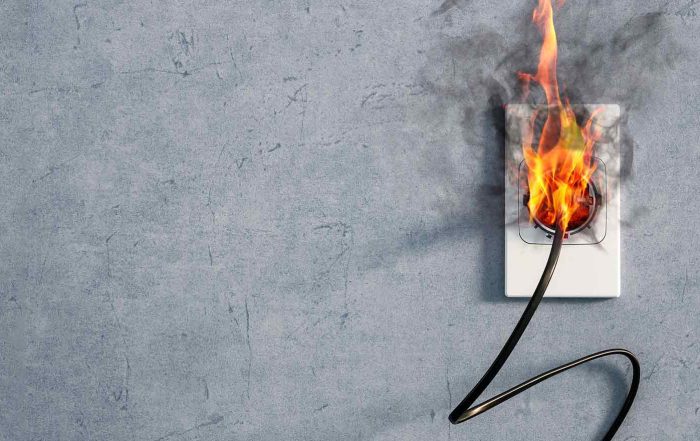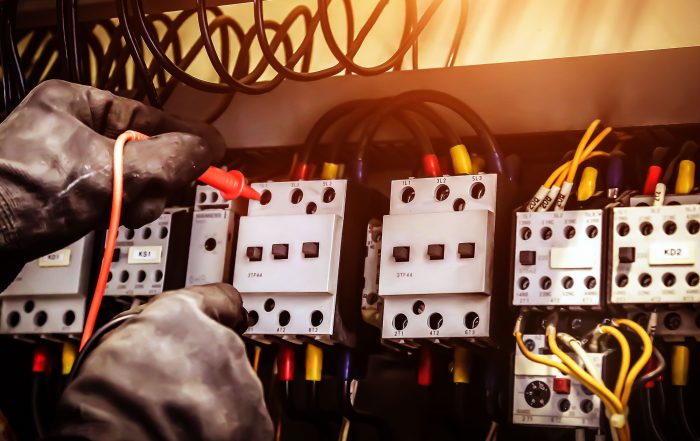How to Choose the Right Lighting for Your Home or Office
How to Choose the Right Lighting for Your Home or Office
Lighting means more than just finding a bulb; lighting not only is a controlling factor in your work office or home ambiance, but lighting also has an impact on productivity and focus. Due to technology advances, lighting bulb options now offer different features such as tailored shapes, light control, energy efficiency improvements, and color adjustment. While picking the best fitting lighting for your home or office enhances inspiration, productivity, enthusiasm, and innovation, the wrong lighting can hinder focus and make it uncomfortable for others.
Regardless of whether your lighting project is for your office or home, you should consider your budget, purpose of the lighting, control, fitting, shapes, and style.
This guide helps simplify the complicated process of choosing the right lighting and electrical upgrading solutions that best fit your home or office.
Work Office Lighting Tips
Natural Light is Productive but not Sufficient
Natural lighting is an excellent source of light and brightens the overall atmosphere of the office. Natural lighting alone, however, is inadequate to fully support visibility in an office setting. Natural lighting is best supplemented with overhead lighting using fluorescent light bulbs.
Floor Lamps
Floor lamps may boost productivity, work ethic, and creativity, giving the workers the sensation that they are in their prospective work zone.
Supplement Overhead Lighting
Overhead lighting supplemented with task lighting may also boost productivity without causing eye strain or headaches.
Consider Indirect Lighting and Neutral Colors
Indirect lighting improves visibility throughout the office as it eliminates shadows and glaring.
Track Lighting
Track lighting is lighting where multiple independently adjustable lamps are connected through the same circuit. Track lighting is desirable for the office setting as it is customizable to best fit your office lighting needs.
Home Lighting Tips
Home lighting solutions have become much more complex than simply purchasing the standard light bulb size, paying attention only to the wattage of the light bulb. As a matter of fact, wattage is no longer the ideal characteristic to determine which bulb will be the best fitting replacement. Rather, the following tips should be considered the starting point in determining the best lighting solution for your home.
Double check the required bulb size and shape
The standard light bulb used in Australian households is an A19 bulb with E26 base. This means that the bulb has an “A” shape, Edison screw and has a base that measures 26mm. However, not all household light bulbs meet this size. Before you begin searching for your replacement bulb, make sure you have the correct size and shape.
Determine much light you need
Rather than focusing on watts, pay particular attention to the number of lumens or light output that is required. Lumens refers to the measure of how much light a bulb produces rather than how much energy it uses. You should not completely disregard the wattage guideline, however. Home fixtures should provide a rating for the maximum watts they are capable of safely handling. Energy saving bulbs with high lumens levels must be within the maximum wattage in order to properly fit.
Determine if you wish to dim your lights
Since not all light bulbs can be dimmed, it is important to determine if you would like to dim your light and target an appropriate lumen range.
Target Energy Star Certified Light Bulbs
Energy Star certified light bulbs have been proven tested to meet energy efficiency standards and include labeling that correctly and clearly identifies the characteristics of the bulb. The Energy Star label displays the bulb’s brightness (in lumens), color temperature, lifespan, energy usage, and what it will cost to run it for a year.
There are three main types of energy star certified light bulbs: halogen (energy-saving incandescents), compact fluorescents, LEDs, and smart bulbs.
Halogen bulbs are low wattage and surrounded by halogen gas instead of argon or nitrogen. As a result, energy-saving incandescent halogen bulbs provide brighter and more efficient light than traditional incandescent bulbs.
Compact fluorescent bulbs are best known for their curl design and small size. However, design advances offer more variety of color options as well as traditional incandescent bulb design.
LED light bulbs are 75-80% more efficient than traditional incandescents and last 25 times longer. Smart bulbs are LED bulbs that contain Wi-Fi connectivity properties. Smart light bulbs, therefore, can be controlled by a laptop or smartphone application.
Wrapping up
The decision to invest in home or office work lighting solutions or electrical upgrades is one that should not be taken lightly, no pun intended. Choosing the right lighting for your home or office comes down to your needs, productivity requirements, and budget. If you have questions about outfitting your home or office with new lighting, contact us!



